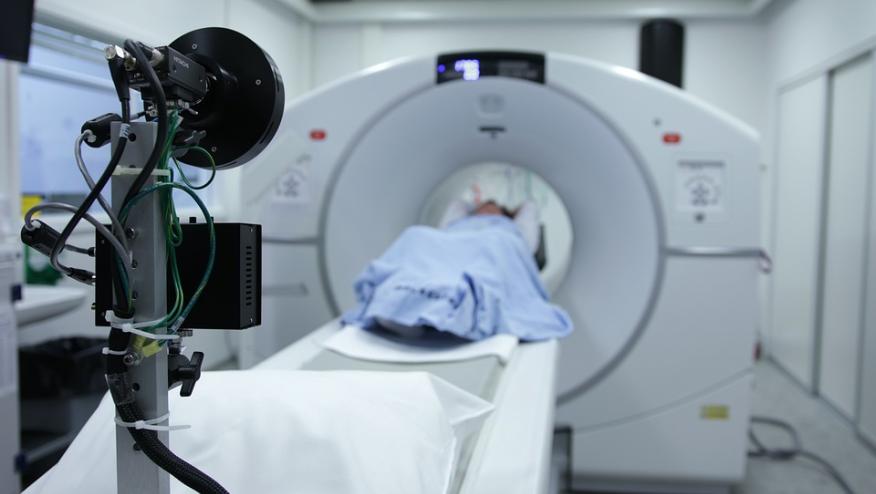Predictive FDG-PET in Newly Diagnosed GCA Save

Annals of Internal Medicine reports that the use of 18F-fluorodeoxyglucose (FDG) PET imaging at the time of a giant cell arteritis (GCA) diagnosis may help estimate the risk for aortic aneurysm formation.
A pospective cohort study recruited 106 GCA patients from the University Hospitals Leuven. GCA patients underwent FDG positron emission tomography (PET) imaging within 3 days of glucocorticoid initiation and thereafter computed tomography (CT) imaging yearly for a maximum of 10 years. PET scans were scored (0 to 3) in 7 vascular areas and summed to a total vascular score (TVS).
Overall, patients with a positive PET scan result at diagnosis had greater increases in ascending aorta diameter at 5-years. Thoracic aortic dimensions were also positively associated with TVS at onset.
The risk of thoracic aortic aneurysms was significanly increased in those with a positive PET scan result (adjusted hazard ratio, 10.21 [CI, 1.25 to 83.3]).
Higher TVS was associated with greater yearly increase in thoracic aortic dimensions. Performing PET imaging at diagnosis may help to estimate the risk for aortic aneurysm formation.










If you are a health practitioner, you may Login/Register to comment.
Due to the nature of these comment forums, only health practitioners are allowed to comment at this time.